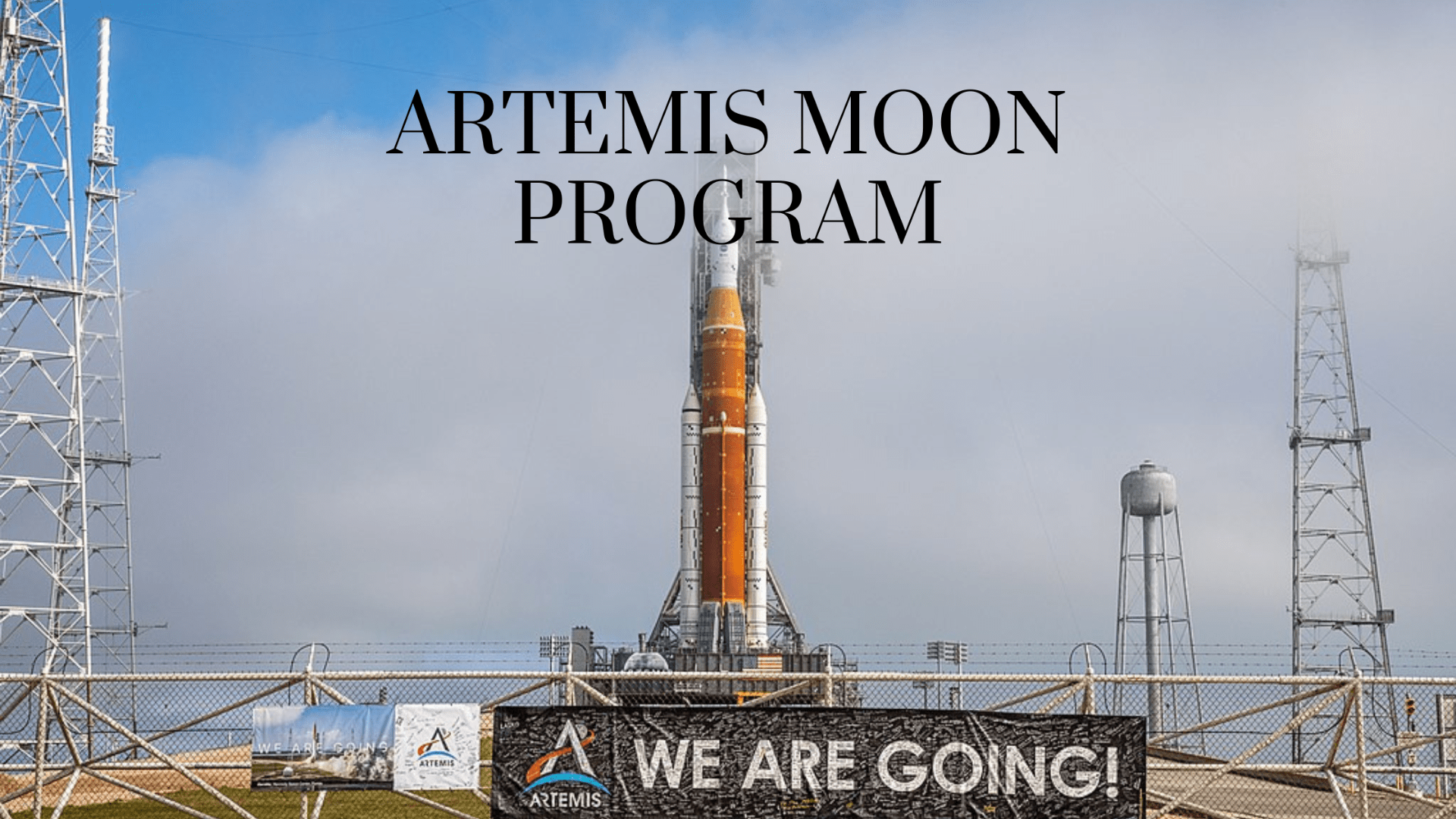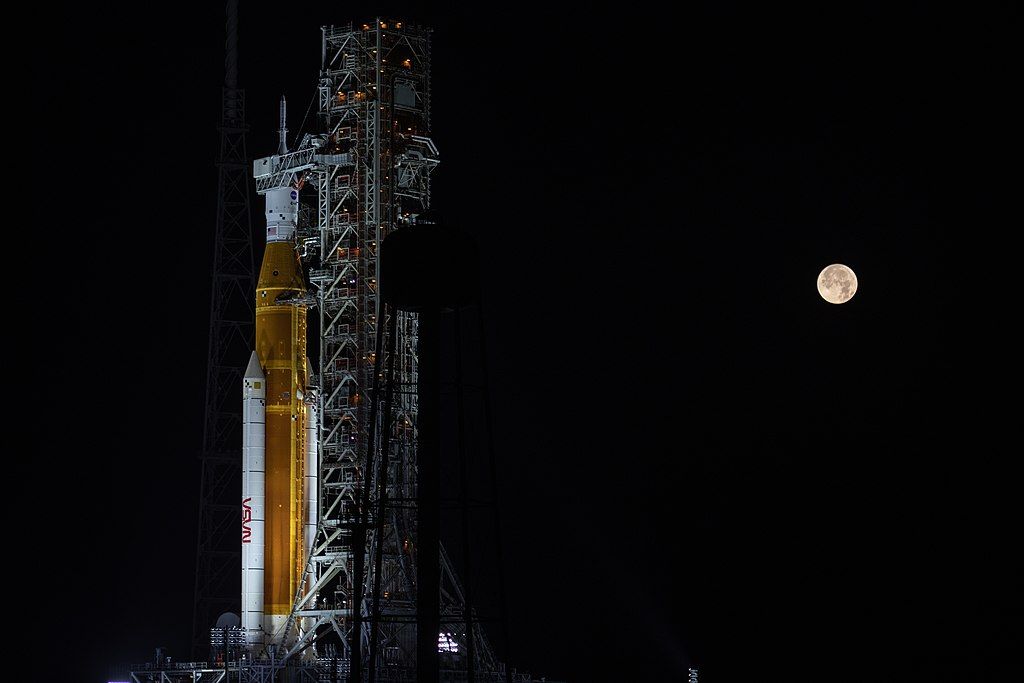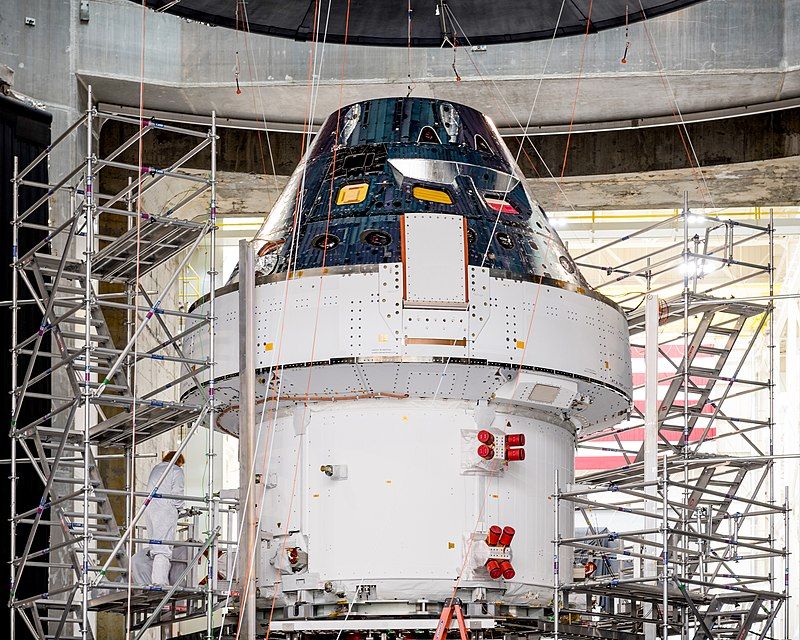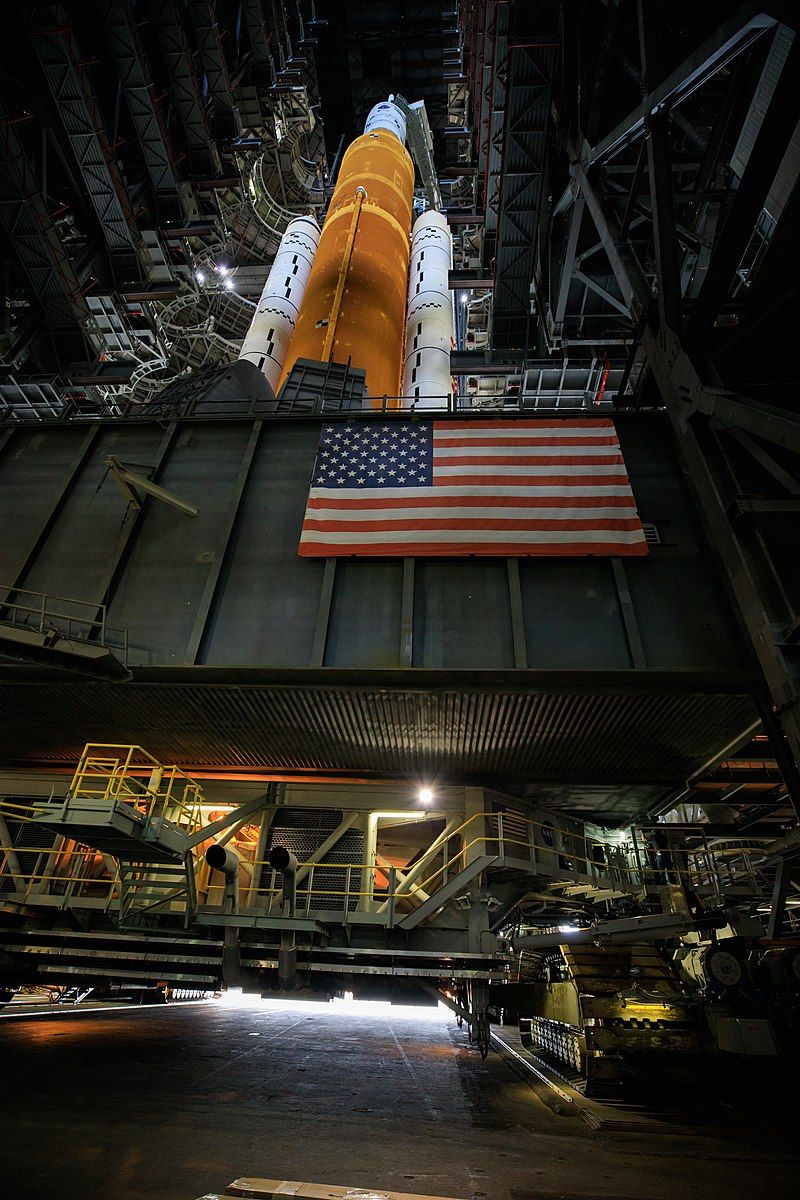

The Artemis program is a planned NASA-led spaceflight program to explore the Moon, aiming for a touchdown near the lunar south pole by 2024. The Artemis program aims to perform the first crewed lunar landing mission since Apollo 17 in December 1972. The program is also expected to be a multinational collaboration between private spaceflight companies and governmental space agencies.
The Artemis program began in late 2017 as part of continued efforts to revitalize the U.S. space program. NASA has short-term goals, such as to land the first woman and first person of color on the Moon, mid-term objectives, such as establishing an international expedition team and a sustainable human presence on the Moon, as well as long-term goals like laying the foundations for the extraction of lunar resources and making crewed missions to Mars and beyond attainable.
The Artemis program is to be carried out primarily by NASA and U.S. commercial spaceflight contractors in conjunction with the ESA and the government space agencies of several other nations. Other countries have been invited to join the program by signing the Artemis Accords, which have remained open for signature since October 2020.

The Artemis program is organized by a series of Space Launch System (SLS) missions. These missions will be increasingly complex, with each mission centered on an Orion spacecraft carried by an SLS booster. Missions after Artemis II will depend on support missions launched by other organizations and spacecrafts.
Artemis 1 is a planned uncrewed test flight. It will be the first flight of the SLS super heavy-lift launch vehicle and the first flight of the complete Orion spacecraft. Artemis 1 is scheduled to launch on Monday, August 29, 2022. It was previously known as Exploration Mission-1 (EM-1) but was renamed after the creation of the Artemis program. The Orion spacecraft launched on this mission will be between 26 and 42 days, with at least 6 days in a distant retrograde orbit around the Moon. This mission is instrumental, and its success will authorize Orion and the SLS for crewed flights beginning with Artemis 2.
Artemis II is set to be the first crewed test flight of SLS and Orion, wherein four crew members will perform various maneuvers and extensive testing while in Earth orbit. Orion will then be boosted around the Moon in a free-return trajectory, which will return Orion to Earth. The launch is tentatively scheduled for no earlier than mid-2024. Artemis III is intended to be a crewed lunar landing. However, the mission depends on a support mission to place a Human Landing System (HLS) in a near-rectilinear halo orbit of the Moon before the launch of SLS/Orion. This crew of four is intended to include the first woman and the first person of color to land on the Moon and will rendezvous and dock with HLS. Two astronauts will then transfer to HLS, descend to the lunar surface, and spend about 6.5 days on the surface. Once on the surface, the astronauts are expected to perform at least two EVAs before the HLS ascends and returns them to Orion. Orion will then return the four astronauts to Earth. Artemis III is scheduled for 2025. Artemis IV is a planned crewed mission to the Lunar Gateway station, using an SLS block 1B. The extra power of Block 1B will allow SLS/Orion to deliver the I-HAB gateway module for connection to the Gateway. Prior support missions are intended to deliver the first two gateway modules. The launch of this mission is scheduled for 2027.

Artemis V through Artemis VIII are intended to land astronauts on the lunar surface, taking advantage of increasing amounts of support infrastructure that are to be put in place by support missions. These will include scientific instruments, rovers, and resource extraction equipment.
The HLS is designed to be a spacecraft that can take crew members to the lunar surface, support them while they are on the surface, and then return them to the Orion spacecrafts. The commercial contract was awarded to SpaceX for two Starship HLS missions, one uncrewed and one crewed, as part of Artemis 3. As of June 2022, NASA has also exercised an option under the initial contract to commission an upgraded Starship HLS design and a third demonstration lunar mission under new sustainability rules it is drafting.
The first two gateway modules, HALO and PPE, are set to be delivered to near-rectilinear halo orbit using a Falcon Heavy launcher in a single launch. It was originally planned to be available before Artemis III, but as of 2021, it is scheduled for before Artemis IV. The Gateway is supposed to be supported and resupplied by launches of Dragon XL spacecraft. Each Dragon XL is to remain attached to Gateway for up to six months and then will not return to Earth but will be disposed of by deliberate crashes on the lunar surface.
The Artemis program will also incorporate several significant components of previous canceled NASA programs and missions, including the Asteroid Redirect Mission and Constellation program.
